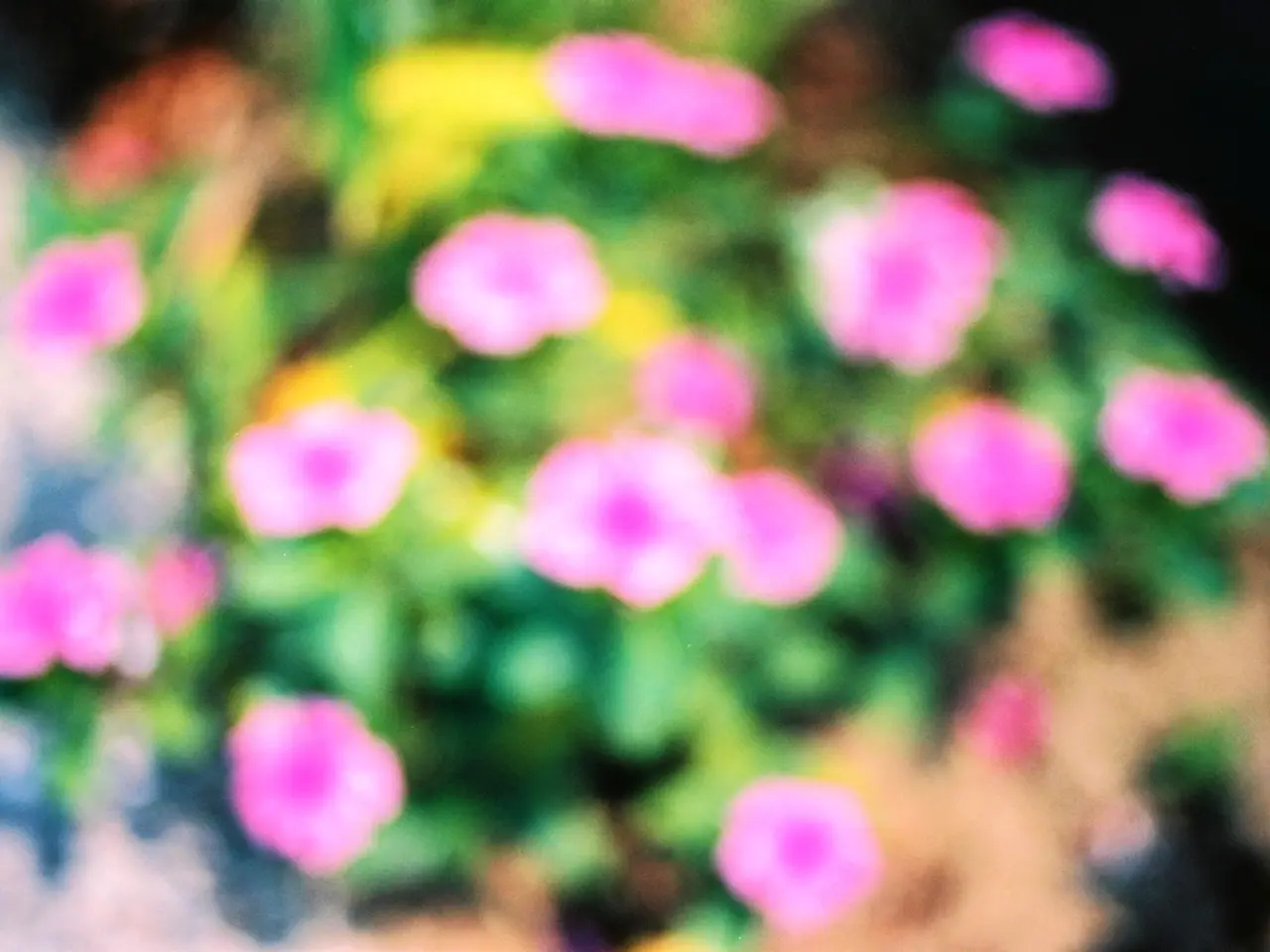For 2024, Philodendron is hailed by experts as the trendy, must-have plant of the year
The Philodendron, named Plant of the Year 2024, is a popular choice among plant enthusiasts for its diverse and striking foliage. With over 400 accepted species, this tropical plant offers a range of unique cultivars, each with distinctive leaf colorations and growth habits.
Originated from tropical America, Philodendrons have made their mark in homes worldwide, thanks to their ability to thrive in indoor environments. The name Philodendron, derived from the Greek words "philo" (love) and "dendron" (tree), perfectly encapsulates the plant's affinity for trees.
One of the unique characteristics of Philodendrons is their variegated and colorful foliage. New leaves may emerge in bright colors like copper, pink, or cream before maturing to shades of green. These plants generally exhibit tropical, glossy leaves with a range of colors, including vibrant copper-red, pink variegation, creamy white variegation, and deep green, making them highly valued for indoor decoration.
Philodendrons exhibit various growth habits, from upright and clumping to spreading. Some varieties have compact, bushy forms, while others develop large foliage and can reach heights of 3–5 feet indoors under ideal conditions. The leaves are often heart-shaped, with pronounced veins and varied textures, making each leaf visually appealing.
Caring for Philodendrons is relatively straightforward. They require bright, indirect light to maintain vibrant leaf colors and avoid leaf burn. Direct sunlight should be avoided as it can scorch the leaves. Watering should be done when the top inch of soil is dry to prevent overwatering, which can lead to root rot. Good drainage is essential, and some subtypes may do well in semi-hydroponic systems with attention to oxygenation and nutrient balance.
High humidity (around 60-80%) supports optimal growth and variegation, especially for sensitive cultivars like Pink Princess. A well-draining, aerated soil rich in organic matter is preferred to prevent water stagnation and support root health. Balanced fertilization during the growing season promotes foliage vibrancy and healthy development.
Despite their tropical origins, Philodendrons are adaptable and can tolerate low lighting like that found in office spaces. They also have no cold tolerance, so it's essential to keep them away from drafts and cold windows during the winter months.
Philodendrons are prized for their unfussy nature and are easy to care for, requiring minimal time and energy. They are epiphytes, meaning they do not harm the trees they grow on but use them for stability and structure. Many varieties of Philodendrons produce aerial roots that gather nutrients and water from the air.
Propagating philodendrons that trail is the most successful method. Philodendrons provide a tropical feel and a sense of the outdoors in the home, making them an excellent choice for both new and experienced plant enthusiasts.
Sources:
[1] Bonnie L. Grant, a professional landscaper with a Certification in Urban Gardening and a passion for edible landscaping, has provided valuable insights into the care and cultivation of Philodendrons.
[2] [Popular Floral Chain] has named Philodendron the Plant of the Year 2024, recognising its striking foliage, ease of indoor cultivation, and air-purifying qualities.
[3] [Gardening Website] offers detailed information on the characteristics, care requirements, and propagation methods of Philodendrons.
[4] [Online Plant Care Guide] provides comprehensive guidelines on the care and maintenance of Philodendrons, including common issues such as fungal and bacterial diseases.
The Philodendron's tropical, glossy leaves with vibrant colors and unique growth habits make it a popular choice for home-and-garden enthusiasts, introducing an element of the outdoors to indoor decoration. For those interested in gardening, Philodendrons offer a range of variegated and colorful cultivars, each with its own distinctive leaf colorations and growth habits, perfect for home-and-garden enthusiasts looking to add a touch of the tropics to their home-and-garden lifestyle.




